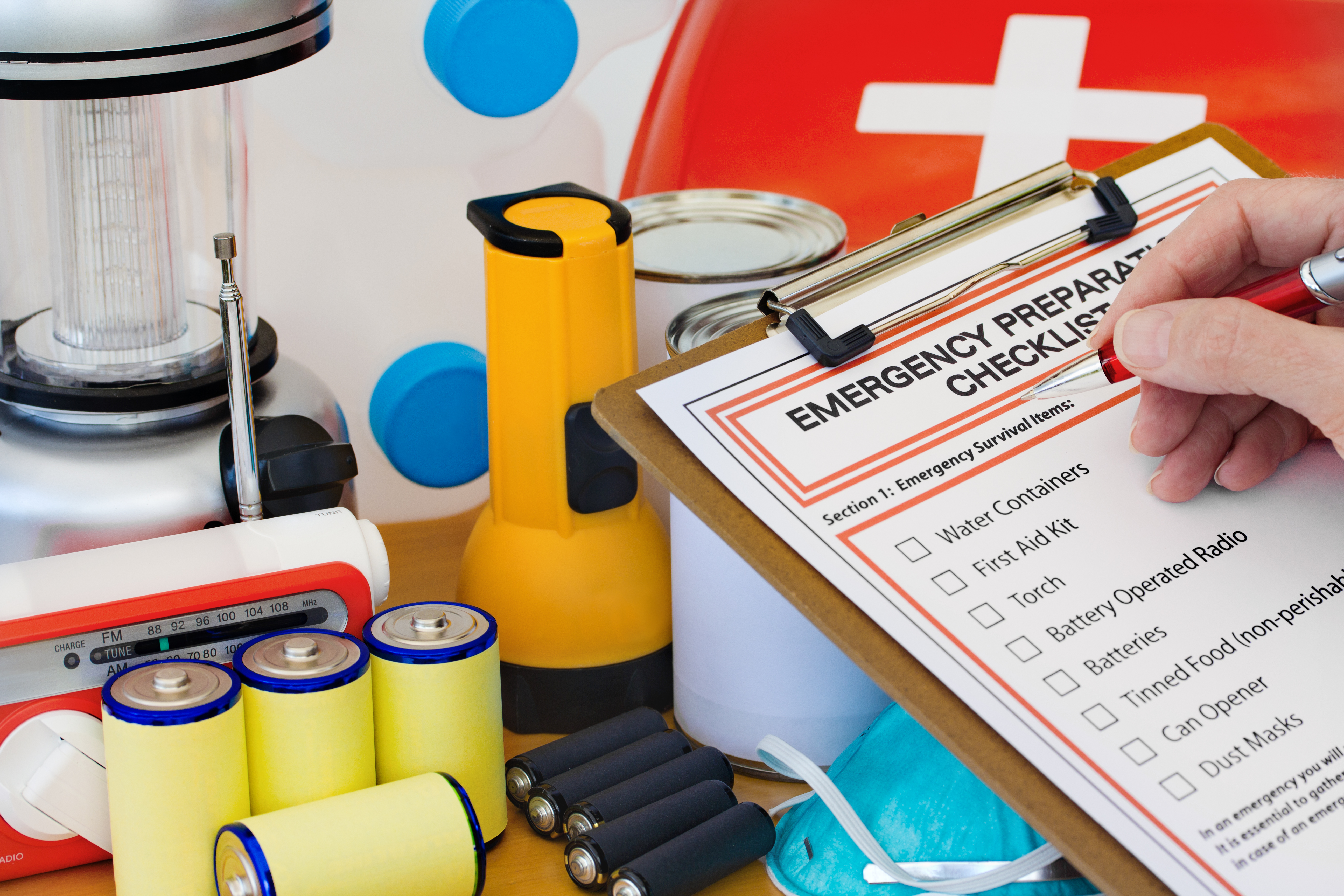
What is Emergency Preparedness?
What is Emergency Preparedness?
Emergency preparedness is a way to safeguard your family in case of an unexpected public emergency such as a natural disaster, terrorist action or disease outbreak. A well-developed emergency preparedness plan reduces your vulnerability and provides an important mechanism to cope in the event of a disaster.
Who is at Risk?
Who is at Risk?
Everyone is at risk of natural disasters, acts of terrorism or other man-made disasters. Natural disasters include earthquakes, hurricanes, tornadoes, landslides, flash floods, tsunami and wildfires. Man-made disasters include the release of hazardous materials, radiological emergencies and blackouts.
What You Can Do to Prepare?
What You Can Do to Prepare?
Take these three steps to prepare before disaster strikes to protect yourself and those you love in an emergency:
Make a Plan
- Create an emergency contact list; make sure each person keeps a copy in their wallet, purse or backpack in addition to their phone.
- Have a family communication plan. If you have children, include them in developing the plan so they know where to go and what to do in case of an emergency.
- Create separate plans for work and school. Involve your children and extended family.
- Identify an out-of-town friend or relative as your central contact. Chances are your family won’t be together in the event of an emergency and phone lines in the affected area may be jammed. A long-distance call will have a better chance of getting through.
Build a Kit
- Three days’ worth of water, one gallon per person per day
- A three-day supply of non-perishable, easy-to-make food and a manual can opener
- Battery-powered or hand-crank radio and a NOAA Weather Radio with tone alert
- Flashlights
- First aid kit
- Personal care items like soap, toothbrush and any routine medications
- A whistle to signal for help
- Extra batteries
- Dust masks to filter contaminated air
- Plastic sheeting and duct tape to shelter-in-place
- Moist towelettes, garbage bags and plastic ties for personal sanitation
- Multipurpose tool
- Local maps
- Cell phone with chargers, power inverter or solar charger
- Extra car key, house key and cash
Be Informed
- Learn what kinds of natural disasters are common in your area and the signs that accompany them.
- Learn what to do before, during and after common emergencies.
- Learn what to do and where to go if you are ordered to evacuate
- Learn how to fortify and protect your home if you are told to shelter-in-place.
- Decide on the best method to receive information about emergencies. There are multiple options including text message alerts, apps and websites to keep you informed.
- Learn the different terms used to describe severe weather:
- "Watch" means conditions are right for dangerous weather
- "Warning" means immediate action is required and severe weather is imminent











